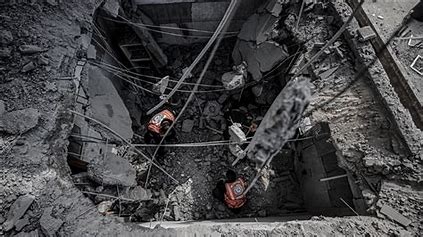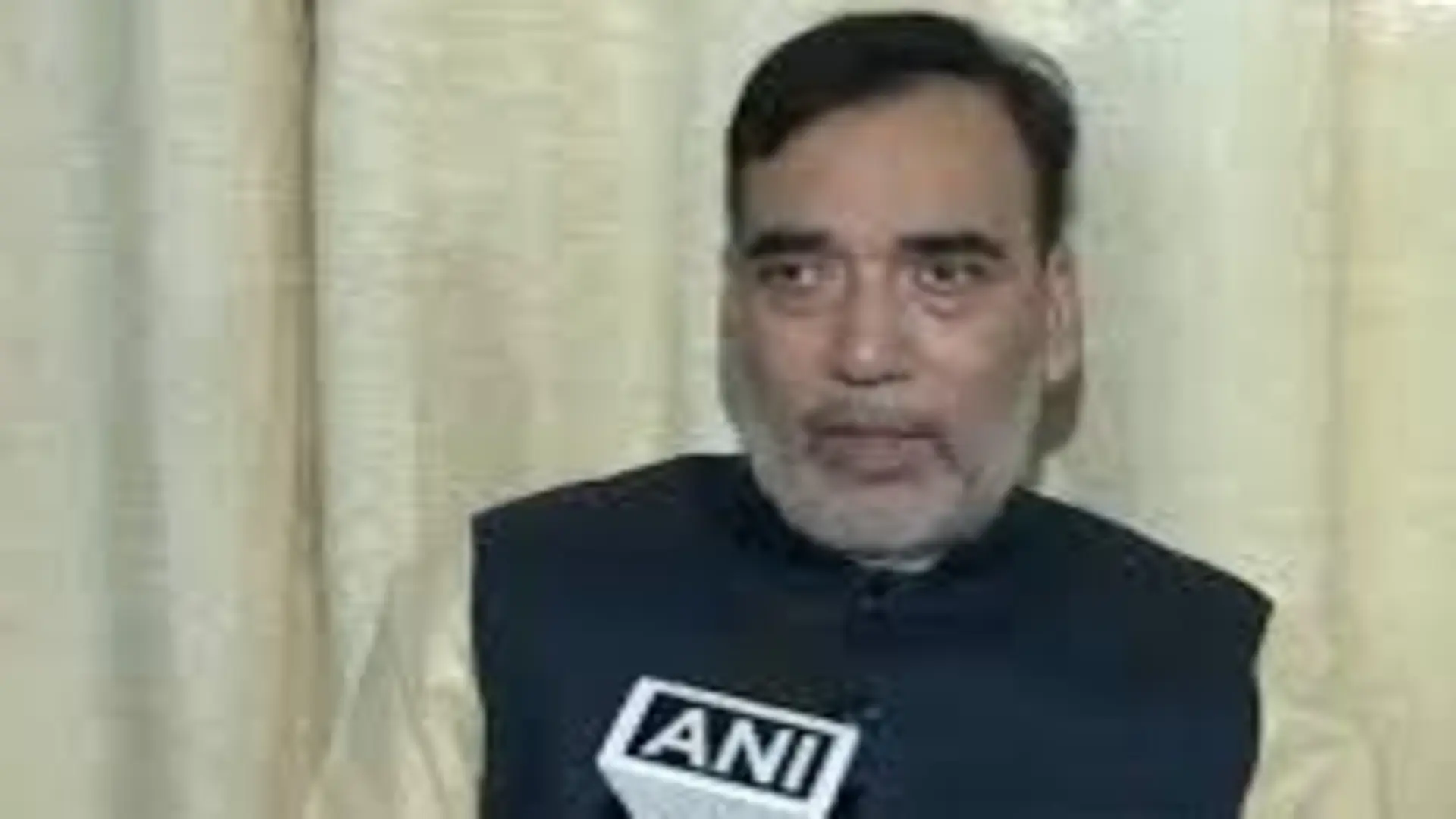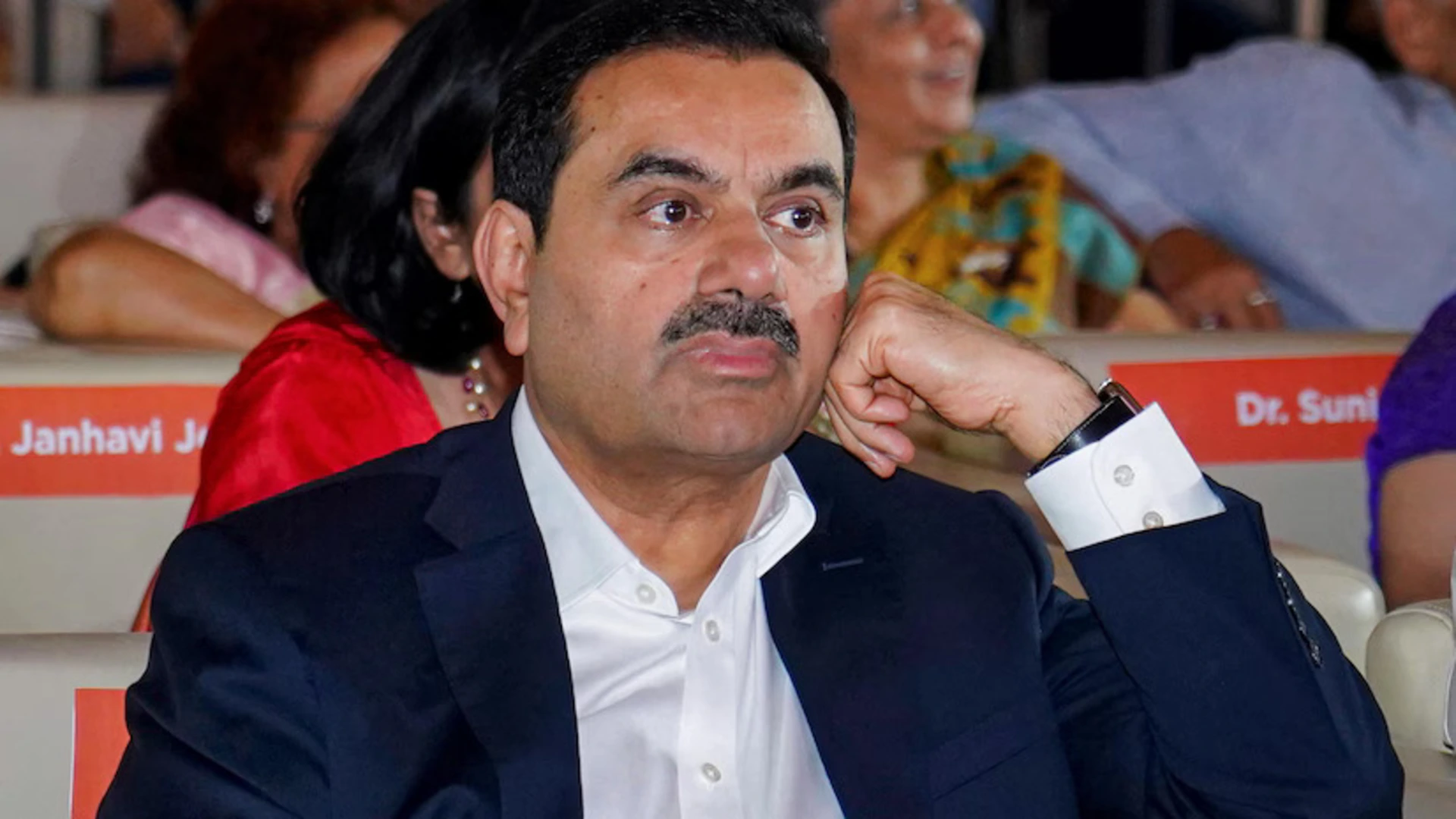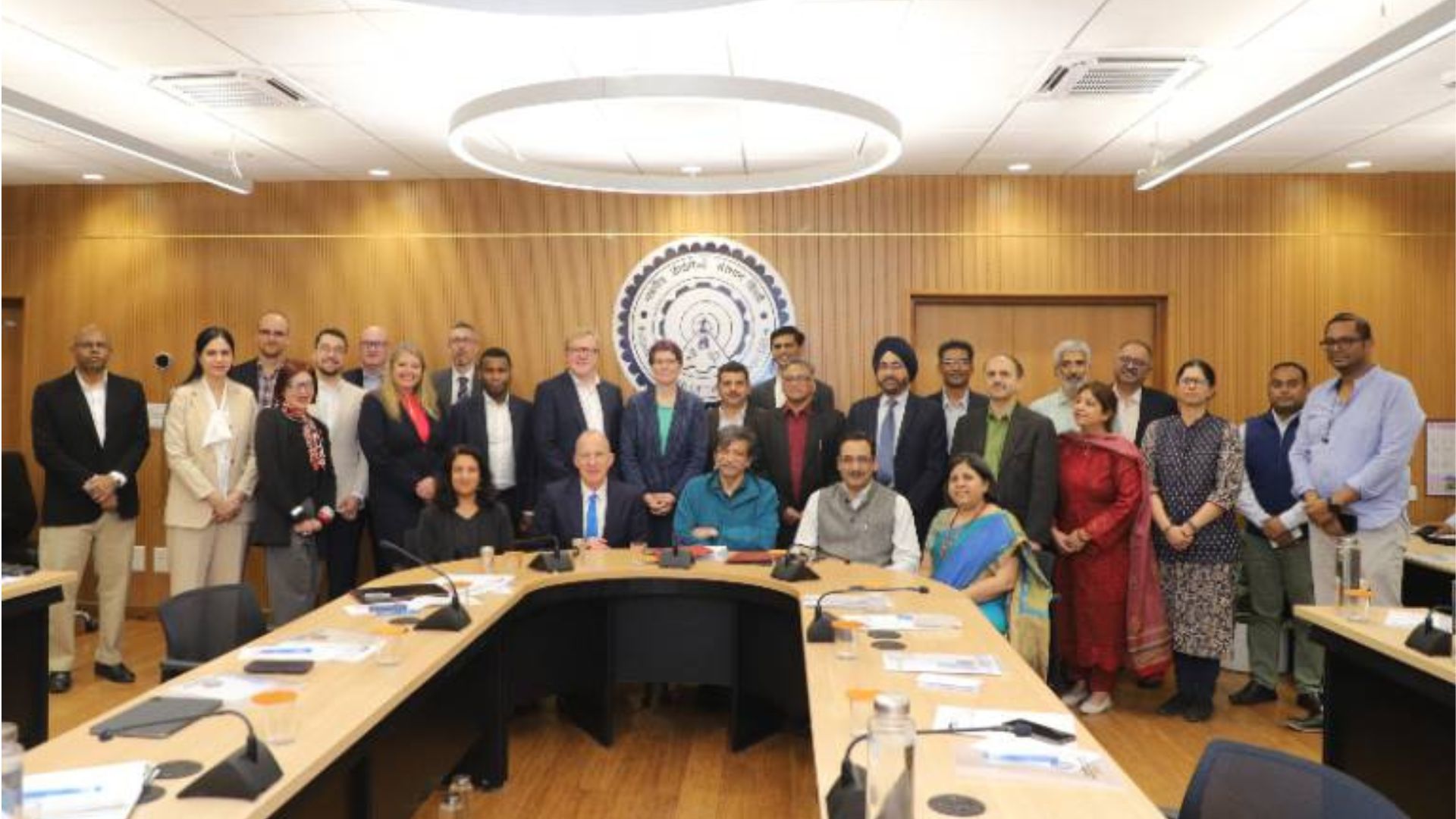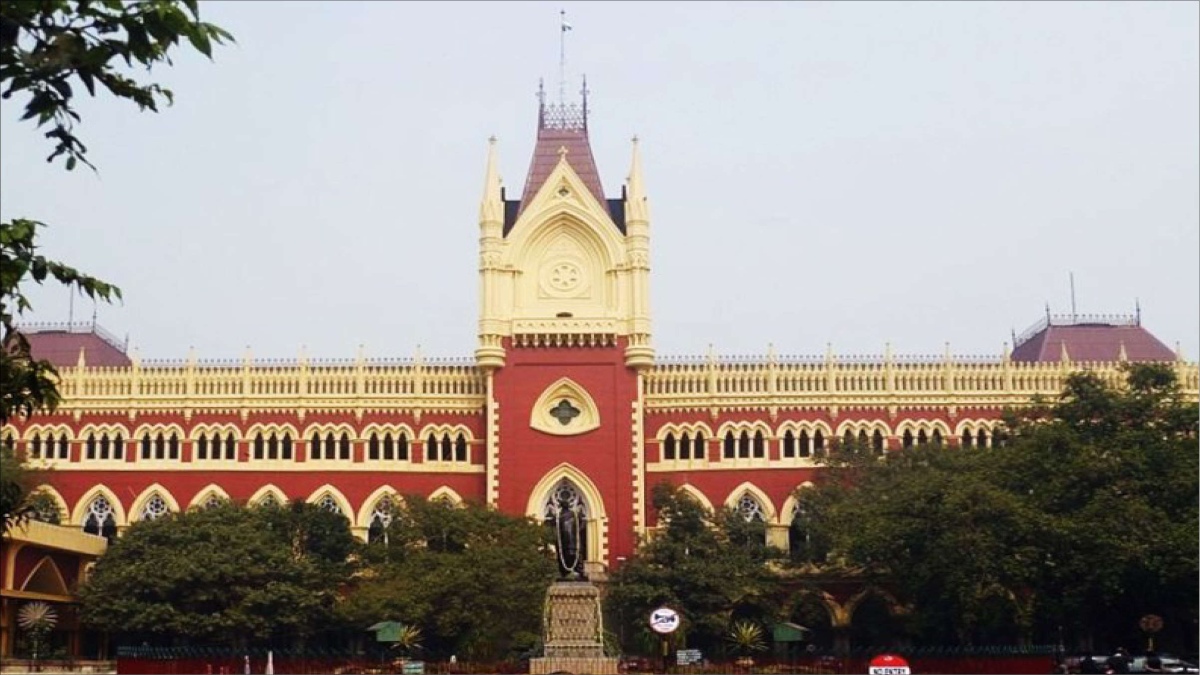
It is really good to note that in a remarkable, refreshing, robust and rational judgment titled Kalu Sk. @ Kuran v. State in C.R.M. (NDPS) 492 of 2022 with C.R.M. (NDPS) 493 of 2022 and cited in 2022 LiveLaw (Cal) 255 that was pronounced finally on June 22, 2022, the Calcutta High Court has directed that in all cases involving recovery of narcotic substances, seizing officers shall make a video recording of the entire procedure and that reasons for failing to videograph the recovery must be specifically stated in the investigation records. It must be specifically mentioned here that a Bench comprising of Justice Joymalya Bagchi and Justice Ananya Bandyopadhyay opined that all police officers are ordinarily equipped with smart phones and other electronic gadgets which would enable them to videograph such a recovery procedure. It was further observed that reliance on such technology must be placed to instill fairness, impartiality and confidence in the investigative process. The Court conceded that the draconian provisions of the NDPS Act have been misused. This further necessitates mandatory videography of recording procedure as conceded by the Court.
At the outset, the Bench comprising of Justice Joymalya Bagchi and Justice Ananya Bandyopadhyay sets the ball rolling by first and foremost putting forth candidly in the introductory para that, “Disturbing features were noticed in a number of cases including the present one involving recovery of narcotic substance under N.D.P.S. Act. Firstly, the seizure list did not contain signatures of all the accused persons who were alleged to have been arrested from the spot where the recovery was made. Secondly, presence of independent witnesses at the time of seizure appeared to be doubtful, as the said witnesses in their statements before the Magistrate under Section 164 of the Code of Criminal Procedure did not support the seizure. Noticing such discrepancies in the present and other cases, this Court was constrained to issue directions upon the Superintendent of Police of Murshidabad Police District to take steps in the matter including initiation of disciplinary proceedings/suspension of police officers connected with the investigation of the case.”
To put things in perspective, the Bench then envisages in the next para that, “Superintendent of Police is present before us. He has submitted report wherefrom it appears an administrative order has been issued directing all seizing officers to record signatures of accused persons who are apprehended at the time of recovery of narcotic substance in the seizure list. It also appears from the said report, seizing officer, investigating officer of the present case as well as Officer-in-charge of the Police Station concerned has been placed under suspension and departmental proceedings have been initiated against them.”
Without mincing any words, the Bench then concedes in the next para that, “N.D.P.S. Act vests plenary powers of search, seizure and arrest on investigating officers. The power of the court to grant bail is circumscribed by strict restrictions under Section 37 particularly in cases involving commercial quantity. While a strict law is necessary to control organized crime like drug trafficking and protect the youth from the menace of drug abuse, its draconian provisions are sometimes misused by investigating agency leading to false implication and prolonged unjustified detention of individuals. Most of the cases registered under the N.D.P.S. Act revolve around recovery of narcotic substance from the accused. Heart and soul of the prosecution is the legitimacy of such recovery. Prosecution in such cases primarily relies on the evidence of official witnesses particularly seizing officers to prove lawful recovery of contraband. In most cases as in the present case, independent witnesses are either not examined or turn hostile. There may be myriad reasons for that ranging from false implication to winning over of such witnesses by resourceful accuseds.”
Quite forthrightly, the Bench then observes that, “In order to remedy the situation and ensure unvarnished truth is placed before the court during adjudication, it is imperative that the investigating agencies resort to modern technology and videograph the recovery of narcotics.”
While underscoring the need for use of technology by the police, the Bench then points out that, “This Court takes judicial notice of the fact that all police officers are ordinarily equipped with smart phones and other electronic gadgets which would enable them to videograph recovery. When technology is available at the lay level we see no reason why it shall not be utilized to instill fairness, impartiality and confidence in the investigative process. Videography as a modern tool of investigation has been well recognised in law. In fact, the Field Officers’ Handbook issued by Narcotics Control Bureau, inter alia, directs the search team to carry video camera amongst other equipments for the purpose of search. (See Chapter 3 – Operation: Preparation, Co-ordination and Planning). In chapter 6 relating to “Recovery and Seizure” video recording of seizure of narcotics has been mandated as under:-
“Video:- A lot of times the witnesses and suspect allege foul play by the search team during the trial proceedings alleging that they were not present at the time of recovery. To avoid such a situation, all recovery and concealment methods should be videographed simultaneously if possible, recording the presence of the owner/occupant of the premises and the witnesses. This acts as a deterrent later during trial proceedings.””
Lamentably, the Bench then also points out the most worrying part as stated in the next para that, “Unfortunately, even in cases conducted by NCB, such directives are mostly observed in the breach.”
Be it noted, the Bench then points out that, “It may also be apposite to note use of videography in investigation was examined by a Committee constituted by the Ministry of Home Affairs in 2017. The Committee observed videography of crime scene as “desirable and acceptable best practice”. The Committee issued various directives for the purpose of preparation, capacity building and implementation of such procedure on a mandatory basis.”
While continuing in the same vein, the Bench then enunciates that, “The Committee also suggested a group of experts to be set up at the level of Government of India to issue guidelines and advisories. State Police and the Central investigating agencies were also advised to set up steering committees to spearhead the drive. State and Central agencies were also suggestive to designate a Senior Officer in the rank of IG/ADG as Nodal Officer for the preparation, capacity building and implementation of videograph in investigation.”
While citing the relevant case law, the Bench then deems it apposite to state that, “In Shafhi Mohammad Vs. State of Himachal Pradesh (2018) 5 SCC 311, the Apex Court noted the aforesaid report and observed as follows;
“9. We are in agreement with the Report of the Committee of Experts that videography of crime scene during investigation is of immense value in improving administration of criminal justice. A Constitution Bench of this Court in Karnail Singh v. State of Haryana (2009) 8 SCC 539 : (2009) 3 SCC (Cri) 887, SCC para 34 noted that technology is an important part in the system of police administration. It has also been noted in the decisions quoted in the earlier part of this order that new techniques and devices have evidentiary advantages, subject to the safeguards to be adopted. Such techniques and devices are the order of the day. Technology is a great tool in investigation [Ram Singh v. Ram Singh, 1985 Supp SCC 611; R. v. Maqsud Ali, (1966) 1 QB 688 : (1965) 3 WLR 229 : (1965) 2 All ER 464 (CCA); R. v. Robson, (1972) 1 WLR 651 : (1972) 2 All ER 699 (CCC); Tukaram S. Dighole v. Manikrao Shivaji Kokate, (2010) 4 SCC 329 : (2010) 2 SCC (Civ) 112 : (2010) 2 SCC (Cri) 826; Tomaso Bruno v. State of U.P., (2015) 7 SCC 178 : (2015) 3 SCC (Cri) 54; Mohd. Ajmal Amir Kasab v. State of Maharashtra, (2012) 9 SCC 1 : (2012) 3 SCC (Cri) 481; State (NCT of Delhi) v. Navjot Sandhu, (2005) 11 SCC 600 : 2005 SCC (Cri) 1715]. By the videography, crucial evidence can be captured and presented in a credible manner.””
Most forthrightly, the Bench then minced no words to hold that, “The Court further held time was ripe to introduce videography in investigation particularly for crime scene as a desirable and acceptable “best practice” as suggested by the Committee to strengthen the rule of law. It approved the Centrally Driven Plan of Action prepared by the Committee and the timelines mentioned therein.”
Most remarkably, the Bench then also hastens to add in the next para that, “The observations made in Shafhi Mohammad (supra) as well as the guidelines in the Field Officers’ Handbook issued by the Narcotics Control Bureau reinforce our view regarding mandatory videography of recovery proceedings under NDPS Act. Technology has advanced considerably and equipments like smartphones and other electronic devices enabling videography are ordinarily available with seizing officers. Hence, lack of availability of technology or awareness is a non-issue.”
Most significantly, the Bench then holds in the next para what forms the cornerstone of this notable judgment that, “Accordingly, we direct as follows:-
(i) In all cases involving recovery of narcotic substance particularly recovery of narcotic above commercial quantity, seizing officers shall make a video recording of the entire procedure unless for reasons beyond the control of seizing officers, they are unable to do so;
(ii) Reasons for failing to videograph the recovery proceeding must be specifically recorded in the investigation records particularly contemporaneous documents including seizure/inventory list;
(iii) Superior Police Officer not lower than the rank of Additional Superintendent of Police shall monitor recovery of narcotic substance above commercial quantity within their territorial jurisdiction and ensure due compliance of statutory provisions regarding search and seizure including compliance of the directives (i) and (ii) relating to videography of recovery and/or recording of adequate reasons for departure from such procedure;
(iv) Non-compliance of the directives (i) and (ii) relating to videography of recovery and/or failure to record just reasons in contemporaneous documents for its noncompliance would attract departmental proceeding so far as the seizing officer is concerned;
(v) Director General of Police shall issue necessary directions for due compliance with the aforesaid directives;
(vi) Superintendent of Police/Commissioner of Police in each district/commissionerate shall undertake training programmes to spread awareness and capacity building of officers regarding compliance of statutory requirements in the matter of search and seizure of narcotic substance under NDPS Act and compliance of the aforesaid directives relating to videograph of recovery including collection, preservation and production of such electronic evidence in Court.”
It is also worth noting that the Bench then made it quite clear that, “We are also of the considered view all Central agencies empowered under the NDPS Act to search and seize narcotic substance ought to comply with the aforesaid requirement of videography of recovery proceedings.”
As it turned out, the Bench then observed that, “Accordingly, it is proposed directive Nos. (i), (ii) and (iv) shall apply to all seizing officers of the Central agencies empowered to search and seize narcotics under NDPS Act. Directive Nos. (v) and (vi) shall apply to the head of the department of the Central agency concerned while Directive Nos. (iii) and (iv) shall apply to all superior officers of the said agency not below the rank as prescribed by the head of the department.”
Of course, the Bench then directs that, “Union of India including NCB shall submit response in this regard on the adjourned date.”
Furthermore, the Bench then specifies in the next para of this learned judgment that, “Director General of Police, West Bengal shall submit report with regard to the compliance of the aforesaid directions on the adjourned day.”
As we see, the Bench then directs that, “Let these matters appear two weeks hence.”
Furthermore, the Bench then also mandates in the next para that, “Registrar General shall communicate a copy of this order to the Union of India including NCB as well as on the Assistant Solicitor Generals of this Court and Director General of Police, West Bengal for necessary compliance.”
Finally, the Bench then aptly concludes by holding in the final para of this extremely laudable judgment that, “Presence of the Superintendent of Police, Murshidabad is noted and dispensed with at present.”
In a nutshell, this brief, brilliant, bold and balanced judgment is certainly worth emulating by all the Courts in India. No doubt, the Courts must always regularly ensure that the draconian provisions of NDPS Act are not misused which can put to trouble an innocent person which cannot be ever justified.
We thus see that the Calcutta High Court very rightly orders mandatory videography of recovery procedure in strict compliance with the rules as stated above. It definitely merits no reiteration that all the courts must definitely pay heed to what the Calcutta High Court has held in this leading case so very commendably, cogently and convincingly!
